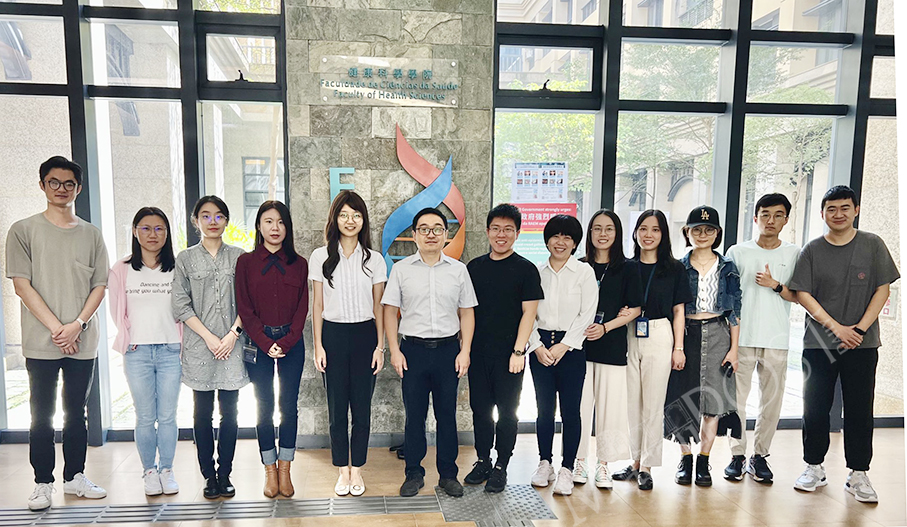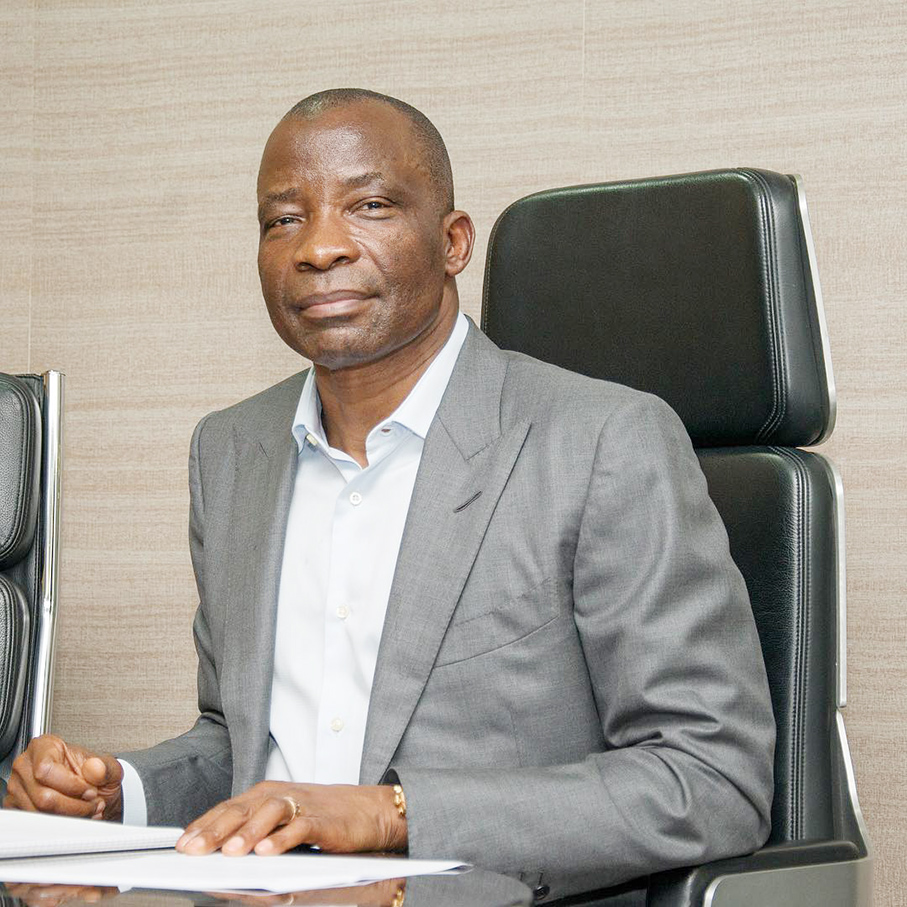The statement noted that the study’s corresponding author was Prof Dai, while the first co-authors are Doctoral students Yan Jie and Wang Guohao, as well as FHS post-doctoral fellow Xie Lisi. Important contributions were also made by doctoral students Tian Hao, Sang Wei, Li Wenxi, and Zhang Zhan, and post-doctoral fellows Li Jie and Li Bei.
The statement pointed out that cancer treatment has been transformed by novel developments in immunotherapy in recent years. However, low tumour-infiltrating lymphocytes cause “cold tumour microenvironment”, resulting in a “low response rate of cancer immunotherapy”.
Moreover, the statement underlined that recent studies indicate that the STING pathway’s activation can trigger “innate immunity and turn a ‘cold’ T cell-infiltrated tumour microenvironment into a ‘hot’ one”, aiding in improving the efficacy of immunotherapy for oncology patients.
Wikipedia defines oncology as a branch of medicine that manages “the prevention, diagnosis, and treatment of cancer”.
The statement noted that traditional radiotherapy generates “cytosolic dsDNA to evoke STING pathway activation”, while the MnCl2 itself can “act as an activator of the STING pathway”.
The research team created a metal-phenolic network through coordinating interactions between “phenolic ligands and metal ions”, enhancing STING pathway activation “within tumour microenvironment for advanced radiotherapy”. Results of the study also promoted “the successful transformation of the non-immunogenic ‘cold’ microenvironment into an immunogenic ‘hot’ tumour microenvironment”, the statement pointed out.
The detailed findings were published in Advanced Materials and can be viewed at https://doi.org/10.1002/adma.202105783
The statement underlined that the study was funded by several entities such as the National Natural Science Foundation of China, the Start-up Research Grant (SRG) of UM, and the Ministry of Education Frontiers Science Centre for Precision Oncology.

This photo provided by UM shows a schematic illustration of the “preparation and biological function of DSPM”.
This undated handout photo provided by the University of Macau (UM) yesterday shows the research team led by Prof Dai Yunlu (aka Yunlu Dai) (6th from left)





